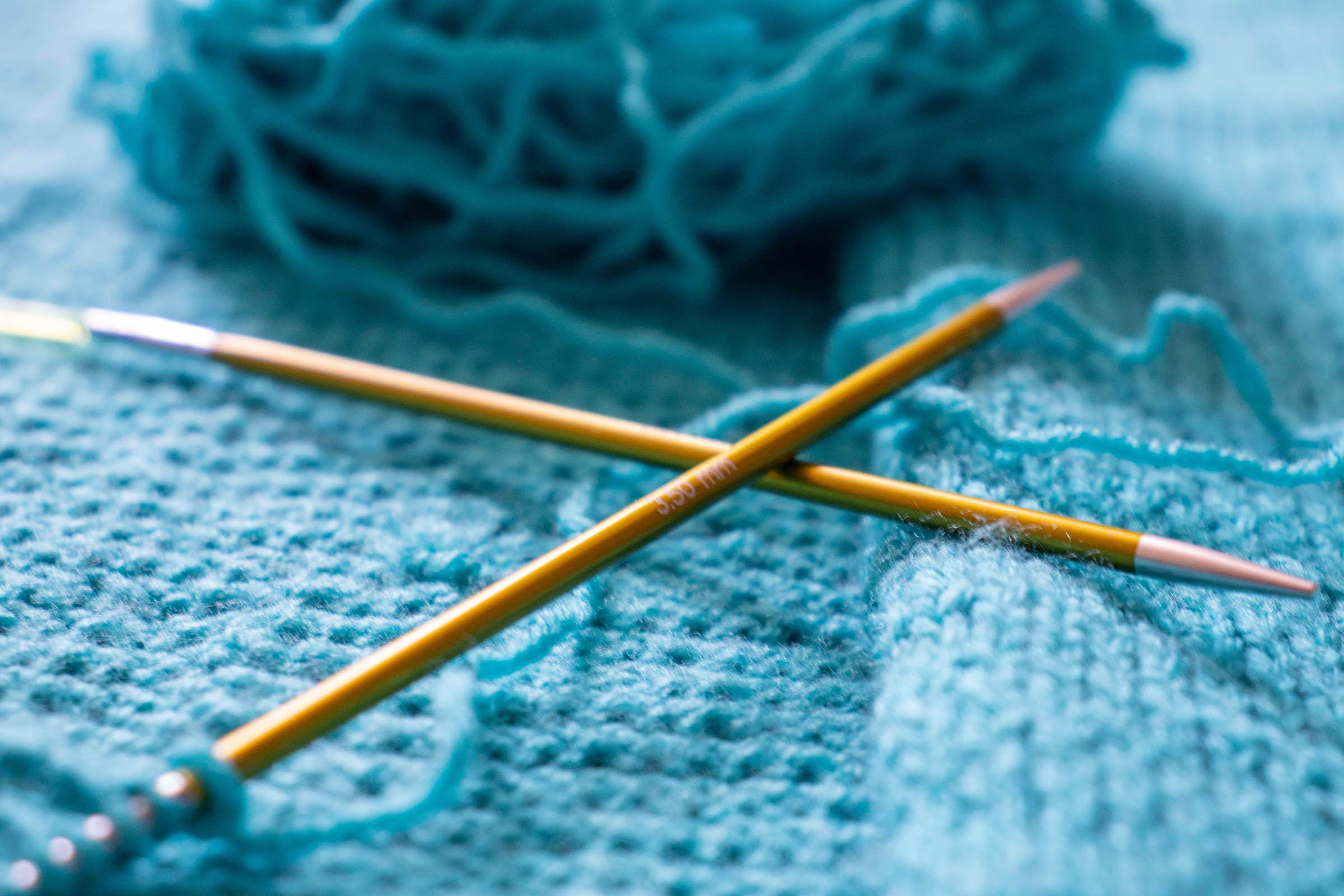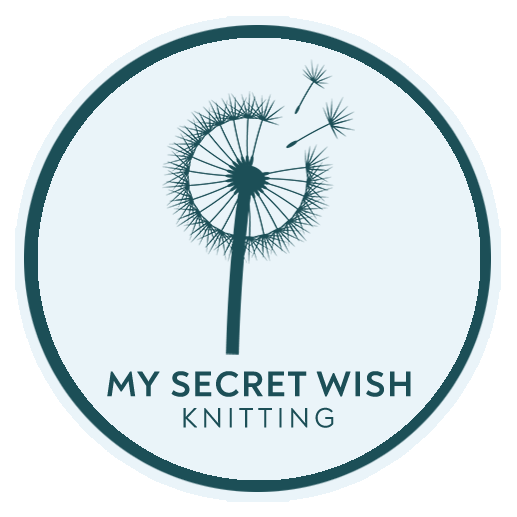
How to Knit
Lesson Fourteen: How to Troubleshoot and Expand Your Skills
Levelling Up
You’ve got some of the basics under your belt, but you’ve only just begun on your knitting adventure. Here are some things you’ll want to bookmark and look at as you need them to help you improve your knitting skills.
Troubleshooting
Messy Stitches, Difficulty Picking Up Stitches, Dropping Stitches
One of the biggest problems when you first start is improper tension, which manifests as uneven or messy stitches. This is usually because you’re not holding your yarn correctly. If you’re having difficulty picking up your next stitch, difficulty seeing what stitch you’re on, uneven or messy stitches, or are dropping stitches frequently, review Holding the Yarn and try again.
Other Issues
After you’ve got tension mastered, you’re still going to run into problems. In fact, one of the reasons knitting can remain so challenging is that we constantly seem to find new ways to mess it up. However, by learning to understand what your yarn is doing, you’ll be able to devise a solution, I promise. That's what this next resource is for:
Learn to Read Your Knitting
I created the Reading Your Knitting series to help you learn to recognize what you’re looking at in your work so you know exactly where you are in a pattern. Start with the first one (Reading Knit and Purl Stitches) right away, and go through the others when you have need of them.
Reading Your Knitting 1: Knit and Purl
Reading Your Knitting 2: Catching and Fixing Mistakes
Reading Your Knitting 3: Increases and Decreases
Reading Your Knitting 4: Cables
These tutorials alone will help you correct many errors. For other links and resources, see the Knitting Resources section.
Expanding Beyond Knit and Purl
Remember when I said that all knitting is just knit and purl or variations on knit and purl? It’s true. Every beautiful stitch pattern you see is made with variations of these two stitches.
In order to go beyond creating rectangles, you’ll need to learn some of these stitch variations, such as increasing and decreasing to shape fabric, or working yarn overs to create eyelet lace. By using cable needles, you can knit stitches out of order for gorgeous cabled textures of all kinds. And working with more than one colour at once adds a different layer of beauty and complexity to your work.
I would encourage you not to wait to try something new. Keep choosing projects that will grow your skills with new techniques, and it won’t be long before you’re the one teaching others how to knit.
And when you do, I hope you find this tutorial helpful for that, too. :-)
